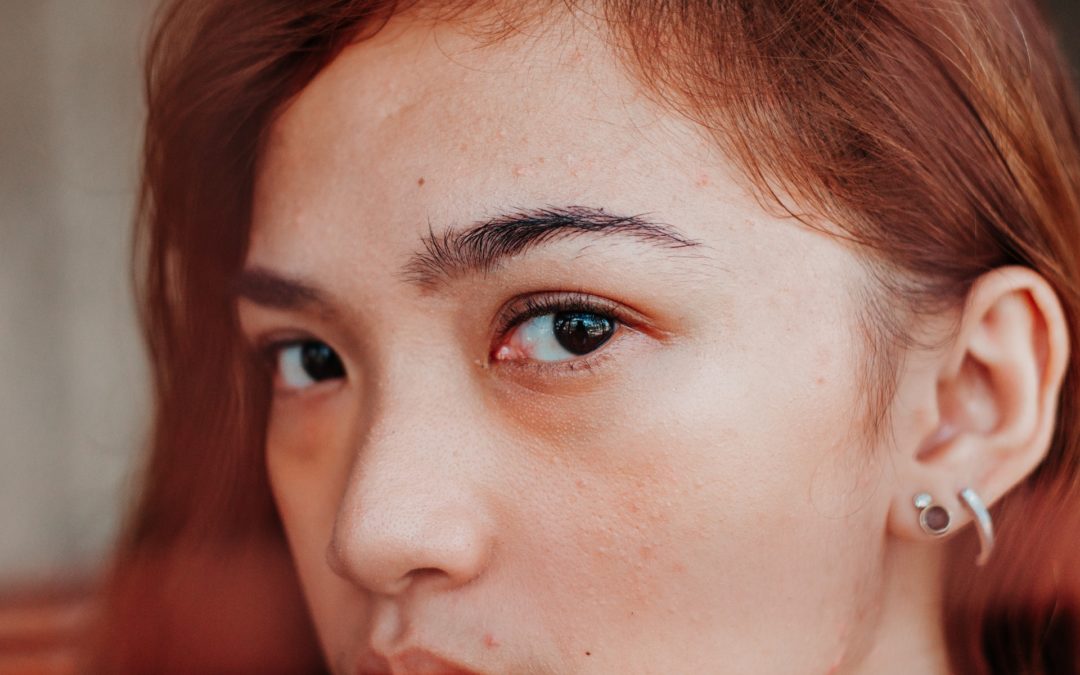There are many reasons why people would go under the knife for earlobe surgery. Some of these include having an elongated hole or drooping lobes, as well as intentionally stretching their ears to go back to a standard size. Others reportedly wanted to have an “elf ear” shape.
According to Jeffrey Roth, a plastic surgeon at Las Vegas plastic surgery, there are many reasons why people have their earlobes fixed. One of these is due to the long-term use of excessive earrings, which can cause holes to get enlarged. People who have stretched ears also need to have their skin repaired. The US military typically doesn’t hire people with holes in their ears, and other companies may have similar restrictions.
An Overview of the Surgery
According to Dr. Roth, this procedure can be performed to improve the function or appearance of one’s ear. Due to the increasing popularity of stretched ears, more people are requesting ear reconstruction surgeries. This relatively non-invasive procedure can be carried out in a plastic-surgery office in just a couple of hours.
Since each individual has their own unique hole, plastic surgeons perform different procedures depending on their condition. For instance, if you have a small tear or sagging hole, the surgery can be relatively minimal. Dr. Roth says that for people who have stretched-out holes, the skin can be removed and the hole closed.
Depending on the size and shape of the hole, the surgery can be performed on a different basis. For instance, if the earlobe has been stretched out, the surgeon may need to rotate and trim it to create a better-looking appearance.
The surgeon will use either non-absorbable or absorbable sutures during the procedure. The absorbable sutures will usually fall out within a couple of weeks, while the non-absorbable ones will require a week to be taken out. You should refrain from touching the sutures even if they’re feeling itchy.
After a few months, the incisions may start to fade. The surgeon may then have patients come back for another operation to see how the lines are fading.
Will it Hurt?
Although the surgery is relatively painless, you may experience pain the next day. This varies depending on your tolerance to pain.
How Much Does it Cost?
According to Dr. Roth, the cost of earlobe reconstruction can vary depending on many factors, such as the complexity of the operation and the geographical location of the site of the surgery.
What Does Aftercare Look Like?
Although the exact aftercare instructions vary depending on the type of surgery and the condition of the ear, you should always keep your earlobes clean and dry. Following the procedure, regular cleaning can be carried out on the impacted area using soap and water.
When it comes to cleaning, be gentle and avoid picking at any of the loose or damaged skin in the affected area. In addition, do not touch the incisions at all costs.
Dr. Roth also advises avoiding certain products and activities that can lead to bruising, such as aspirin or ibuprofen, exposure to UV light, and smoking.
For the immediate healing process, use a doughnut or airline pillow to support your earlobes. Doing so will allow you to sleep comfortably without having to exert pressure on your ears. However, you should refrain from using your good pillows as some bleeding is normal.
Some surgeons may also suggest using surgical gauze to protect your earlobes while you sleep. However, you should follow the instructions of the surgeon.
Will it Scar?
One of the most important factors that makes this procedure successful is the human body’s ability to heal quickly. This allows the scar tissue to continue to fade over time. In addition, some surgeons can provide you with a scar cream that can help reduce the appearance of the scar.
You may notice that your scars may appear red or raised in the weeks and months following your operation. However, this is temporary and normal as the scar tissue will heal flat and seamlessly into your earlobes.
Your earlobes’ thickness and size will determine the shape that the surgeon will be able to create during this procedure. If they’re too big or have thinned out, they will be left with attached or small lobes.
